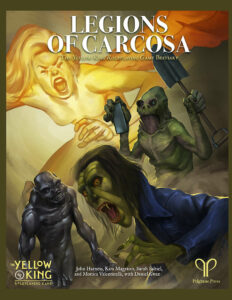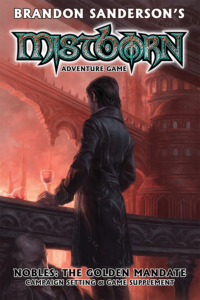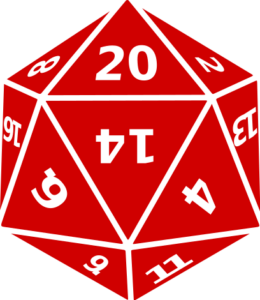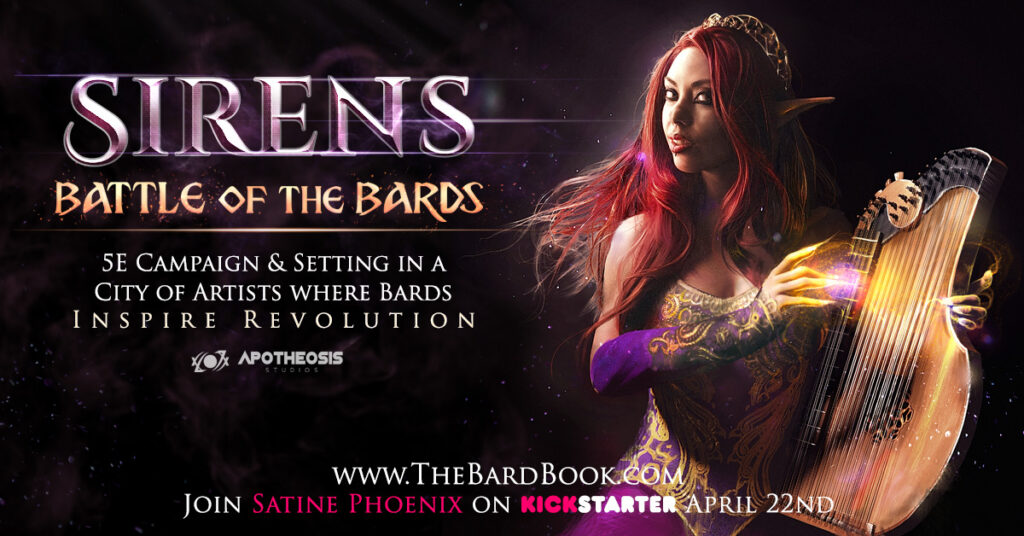Have your The Yellow King Roleplaying Game players grown complacent battling gargoyles, vampires, and riot dogs? Do you have a reality horror mystery crying out for a fresh and bizarre villain to drive it?
Legions of Carcosa: The Yellow King Bestiary solves your problems by helping you create some for your Belle Époque art students, Continental War soldiers, alternate reality ex-insurgents, and ordinary people trapped in unraveling normalcy.
From alien parasites to warped human conspirators, from hungry buildings to incarnations of drought, from gods torn from the pages of myth to war machines that hunt in wolf-like packs, Legions of Carcosa: The Yellow King Bestiary presents 86 new Foes to mystify, haunt and menace your investigators.
Throw icewater into your player’s veins with 100 brand new Shock and Injury cards. The book also includes all the preexisting cards you need to run these adversaries and beasties without reaching for any other volume.
Foe descriptions key themselves to one of the game’s four twisty sequences. Each entry also includes hooks inspiring you to repurpose the Foe in the other three settings.
With this book in your feverish hands, the investigators can:
* Tremble in aesthetic unease when confronted by the Living Portrait!
* Flee the blazing weapons fire of the Angel of Mons!
* Shudder at the razor teeth of the hinge-jawed Flip-tops!
* Open their apps to fall into the validating, concerned clutches of the Chirpers!
* And much much more…
Whatever hole opens up in your reality today, an antagonist from The Yellow King Bestiary is ready to slither out of it, through your mind and into your heart.
Legions of Carcosa: The Yellow King Bestiary was developed by Robin D Laws and includes the works of John Harness, Daniel Kwan, Kira Magrann, FlamesRising.com contributor Monica Valentinelli, and Sara Saltiel.




